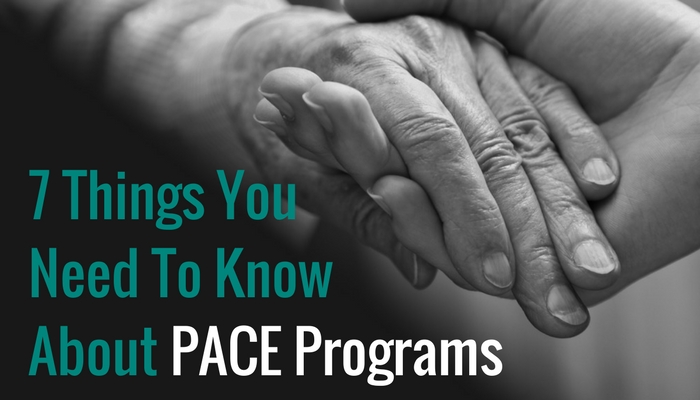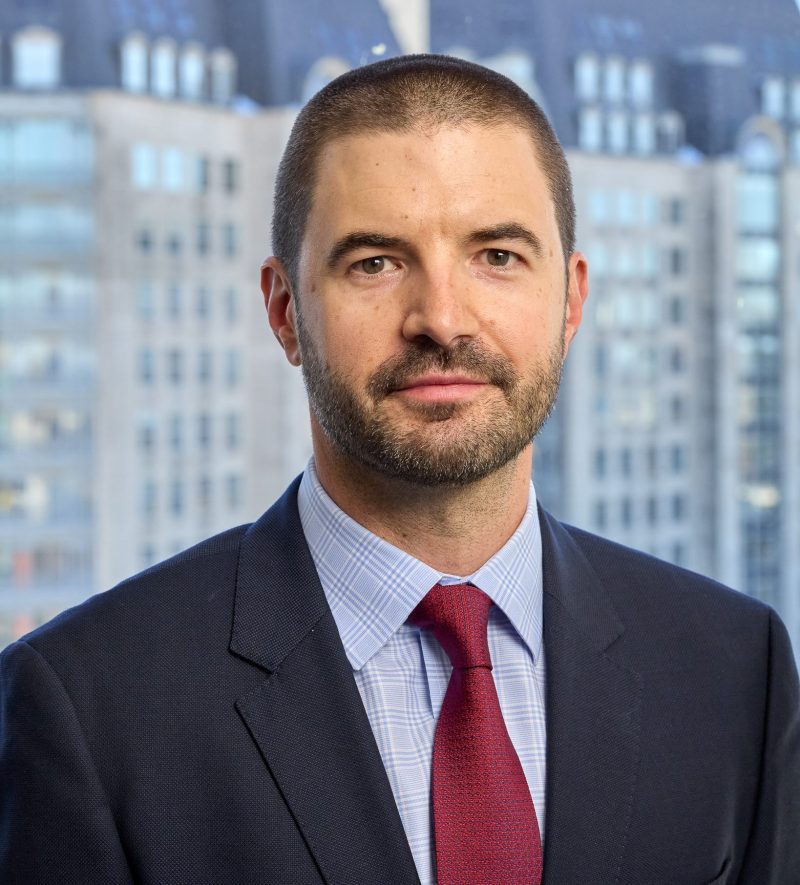
1. What is it?
Program for All-Inclusive Care for the Elderly (“PACE”) provides comprehensive healthcare services for the frail and elderly. PACE serves as an alternative opportunity to allow the elderly to remain in their communities, rather than going to a nursing home or similar facility.
2. What care is provided?
PACE completely covers all the participants’ medical costs and often involves social services, as well. The majority of care takes place in the PACE centers, allowing easy access to care for the participants. Necessary care per participant may vary, and often includes, but is not limited to, services such as checkups, dietary monitoring, medicine distribution, physical therapy, exercise programs, etc. The programs also arrange and pay for any required medications, transportation to the center, hospitalizations, nursing home stays, or in-home care. One of the most noteworthy aspects of PACE is the social benefits the participants receive by spending time at the center surrounded by peers and receiving social interaction.
3. Who qualifies?
Participants must meet the following qualifications: ages 55 years or older, considered by their state as “nursing home eligible,” live in the particular PACE center’s service area, and be able to live safely in their community at the time of enrollment.
4. Why would the elderly want to participate in PACE?
PACE ensures that the elderly will receive all necessary care, without the hassle that accompanies trying to access the care. Also, the participants do not need to worry about the cost of care, as it is all covered by Medicare, Medicaid, and/or a small out of pocket premium.
5. How does reimbursement work?
Reimbursement is a capitated revenue based on a per member per month (“PMPM”) fee. Many of the participants qualify for both Medicaid and Medicare, for which the Center receives payments from both government payors. Often, if a participant only qualifies for Medicare, the participant may have to pay a small out-of-pocket premium to participate in the program. Medicare reimbursement is set by federal statute and regulations based on the county, and is the same for all participants in the same county. Specific Medicaid reimbursement depends on the comparative frailty of the PACE participant along with other factors, but must be less that what would have been paid by the state if the participant was not enrolled in PACE. Medicaid reimbursement is renegotiated annually, but is a fixed amount for the contract length.
6. Why are they important to know?
As of June 2015, CMS began allowing for-profit entities to enter the PACE program space, in addition to non-profit entities. This is something to watch unfold and see how, if at all, the industry changes or the number of programs proliferate. In addition, PACE is another example of the consolidation seen in the healthcare industry. Combining provider services with managed care has been trending recently, and PACE programs are another example of the consolidation of these services. PACE programs are accurately described as a blend between a healthcare provider and a managed care payor.
7. Who operates the programs?
Due to the federal legislation mentioned above, PACE programs may now be operated by both not-for-profit and for-profit entities. The majority of programs have remained as not-for-profit entities, with Life Senior Services, Cambridge Health Alliance, Riverside Health System, and Mercy Health System as a few of the largest operators. One way for for-profit entities to enter the space is via acquisition, as seen by the acquisition of InnovAge by private equity firm Welsh, Carson, Anderson & Stowe. This acquisition was the first and most notable transaction of PACE programs by a for-profit entity, and InnovAge remains the largest for-profit operator in the industry. Another way the for-profit sector is becoming involved in the space is by pursuing de novo development, which Welbe Health aims to do with $15 million of capital funded by F-Prime Capital and .406 Ventures.
Written by Kevin McDonough and Genevieve Gerten
Sources:
http://finance.yahoo.com/news/welbehealth-announces-15-million-funding-140000090.html





